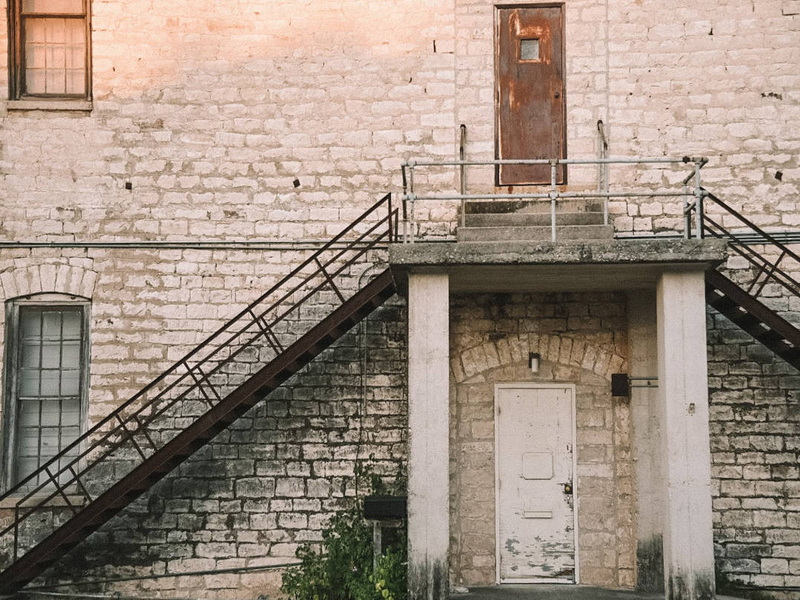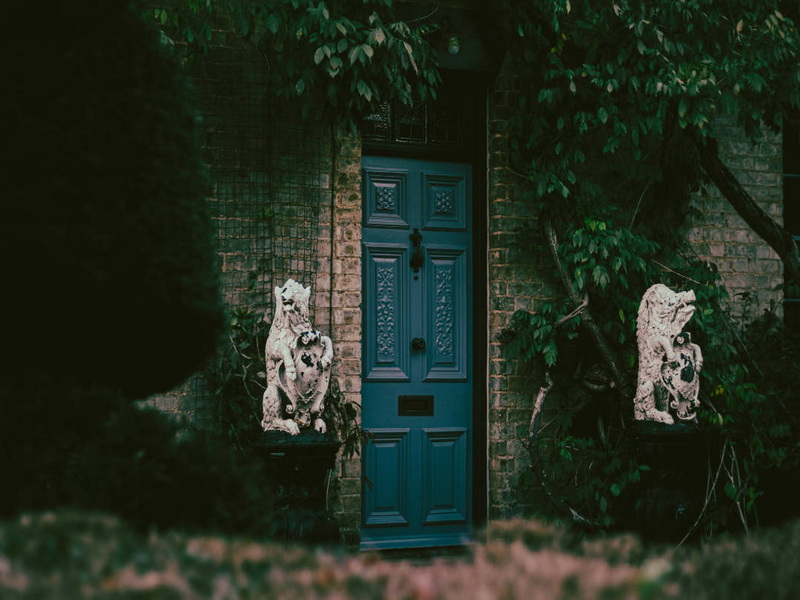English 




Views: 222 Author: Astin Publish Time: 2025-02-14 Origin: Site



Content Menu
● Step-by-Step Restoration Process
>> Step 1: Cleaning the Frames
>> Step 2: Addressing Oxidation
>> Step 3: Polishing the Frames
>> Step 4: Protecting Your Frames
● Additional Restoration Techniques
>> Anodizing for Long-Term Protection
● Maintenance Tips for Longevity
● FAQ
>> 1. How often should I clean my aluminum window frames?
>> 2. Can I use regular household cleaners on aluminum frames?
>> 3. What should I do if my aluminum frames are severely oxidized?
>> 4. Is it necessary to apply a protective coating after restoration?
>> 5. Can I paint my aluminum window frames instead of restoring them?
Aluminum window frames can fade due to several factors:
- UV Exposure: Sunlight can break down the protective coatings on aluminum, leading to discoloration.
- Weather Elements: Rain, snow, and humidity can contribute to oxidation and fading.
- Pollution: Dust and grime accumulation can dull the surface of the frames.

Identifying the signs of fading early can help you take timely action. Look for:
- A chalky residue on the surface.
- Discoloration or uneven coloring.
- Visible oxidation or rust spots.
Before starting the restoration process, gather the necessary materials:
- Mild detergent
- Soft brushes or cloths
- Vinegar
- Baking soda
- Aluminum polish or specialized restoration products
- Masking tape
- Protective gloves and eyewear
Ensure you wear protective gear, including gloves and eyewear, when handling cleaning agents and restoration products. Work in a well-ventilated area to avoid inhaling fumes.
The first step in restoring faded aluminum window frames is thorough cleaning. This process removes dirt, grime, and oxidation.
- Dust Removal: Use a soft brush or a vacuum with a brush attachment to remove loose dust and debris from the frames. Pay special attention to corners and crevices where dirt tends to accumulate.
- Cleaning Solution: Mix equal parts of water and vinegar in a spray bottle. Spray this solution onto the frames.
- Scrubbing: Using a soft brush, scrub the surface of the frames gently. For tougher stains, sprinkle baking soda on the frame before spraying with vinegar; let it sit for about 30 minutes before scrubbing.
- Rinsing: Rinse the frames with clean water to remove any cleaning solution residue. Dry thoroughly with a soft cloth.
After cleaning, check for signs of oxidation. If present, you will need to treat it effectively.
- Oxidation Treatment: Use an aluminum cleaner specifically designed for removing oxidation. Apply according to the manufacturer's instructions.
- Scrubbing: Gently scrub the oxidized areas with a non-abrasive pad until they are restored to their original shine.
- Rinse Again: Rinse off any cleaner thoroughly with water and dry completely.
Polishing enhances shine and provides protection against future damage.
- Applying Polish: Use an aluminum polish or restoration product that is suitable for your frame type. Apply it using a soft cloth.
- Buffing: Buff the polish into the frame in circular motions until you achieve a shiny finish.
- Final Wipe Down: Wipe away any excess polish with a clean cloth.
To prolong the life of your restored frames, consider applying a protective coating.
- Choosing a Coating: Select a high-quality clear coat designed for aluminum surfaces that offers UV protection.
- Application: Follow the instructions on the product label for application methods and drying times.

While cleaning and polishing are essential steps in restoring faded aluminum window frames, there are additional techniques that can further enhance their appearance.
If your aluminum frames have deep scratches or blemishes that cleaning cannot fix, sanding may be necessary.
- Sanding Materials: Use fine-grit sandpaper (around 400 grit) to gently sand down scratches.
- Technique: Sand in the direction of the grain to avoid creating additional scratches.
- Cleaning After Sanding: After sanding, clean the area again with soap and water to remove any dust created during this process.
Anodizing is an electrochemical process that increases corrosion resistance and surface hardness.
- Professional Service: Anodizing typically requires professional equipment; consult with local metal finishing services if you're interested in this option.
- Benefits of Anodizing: The anodized surface is more durable than paint or other coatings and provides excellent UV protection.
If restoration does not yield satisfactory results or if you prefer a different color scheme:
- Choosing Paint: Select high-quality exterior paint specifically designed for metal surfaces.
- Preparation: Clean and sand surfaces as previously mentioned; apply primer before painting for better adhesion.
- Application Technique: Use spray paint for an even coat or a brush for detailed areas; multiple thin coats are preferable over one thick coat.
To keep your aluminum window frames looking new after restoration:
- Regularly clean them using mild soap and water to prevent dirt accumulation that may lead to fading or oxidation over time. A simple routine every few months can make a significant difference in maintaining their appearance.
- Avoid abrasive cleaners that can scratch surfaces; instead, opt for gentle solutions that will not damage the aluminum finish. Harsh chemicals can strip away protective coatings and lead to further deterioration of your frames.
- Inspect for signs of wear or oxidation periodically and address issues promptly. Early detection allows you to take corrective action before problems escalate, ensuring your frames remain in excellent condition for years to come. Look out for any signs of peeling paint or flaking finishes as these may indicate underlying issues that need attention.
Restoring faded aluminum window frames is an achievable task that can significantly improve your home's appearance while extending the life of your windows. By following these steps—cleaning, treating oxidation, polishing, applying protective coatings, and considering additional techniques such as sanding or painting—you can bring back their original shine and protect them from future damage. The effort put into this restoration will not only enhance curb appeal but also contribute to energy efficiency by ensuring that windows function optimally without drafts or leaks caused by degraded materials.
Regular maintenance will ensure that your restored frames continue to look great for years to come. With just some time and effort, you can transform your faded aluminum windows into stunning features of your home. This investment in upkeep pays off by preserving property value while providing aesthetic benefits that enhance your living environment.

Regular cleaning every few months is recommended to prevent buildup of dirt and oxidation. Establishing a routine will help maintain their appearance without requiring extensive restoration efforts later on.
Avoid harsh chemicals; instead, use mild detergents or specialized aluminum cleaners for best results. These products are formulated specifically to protect metal surfaces while effectively removing grime without causing damage.
For severe oxidation, consider using specialized aluminum cleaners or consult a professional restoration service. Professionals have access to advanced techniques that may restore heavily oxidized surfaces more effectively than DIY methods alone.
While not mandatory, applying a protective coating can significantly extend the life of your restoration by providing UV protection. This step helps shield your frames from future environmental damage while enhancing their overall appearance with added glossiness.
Painting is an option but may require more preparation and maintenance compared to restoring them with specialized products. If you choose this route, ensure proper surface preparation is done beforehand; otherwise, paint may not adhere well or could peel over time due to inadequate bonding with existing finishes.
Top Aluminum Furnitures Manufacturers and Suppliers in Czech Republic
Top Aluminum Furnitures Manufacturers and Suppliers in Poland
Top Aluminum Furnitures Manufacturers and Suppliers in Belgium
Top Aluminum Furnitures Manufacturers and Suppliers in Finland
Top Aluminum Furnitures Manufacturers and Suppliers in Denmark
Top Aluminum Furnitures Manufacturers and Suppliers in Greece
Top Aluminum Furnitures Manufacturers and Suppliers in Portugal
Top Aluminum Furnitures Manufacturers and Suppliers in Austria
Top Aluminum Furnitures Manufacturers and Suppliers in Norway
Top Aluminum Furnitures Manufacturers and Suppliers in Sweden
